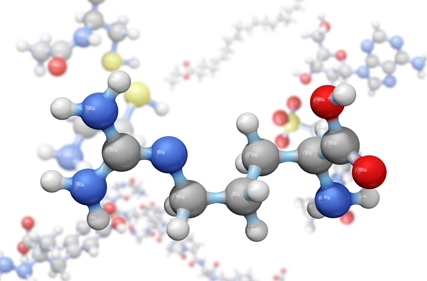En
Tandem mass tag (TMT) proteomics technology has rapidly emerged in the biomedical field in recent years, demonstrating strong application potential, particularly in cancer research. By providing precise and sensitive protein quantification analysis, TMT technology offers an essential tool for revealing the mechanisms of tumorigenesis and progression, thereby advancing cancer diagnosis and treatment.
In cancer proteomics research, the identification of accurate biomarkers is crucial for early diagnosis and personalized treatment. Tandem mass tag proteomics technology efficiently analyzes the relative abundance changes of proteins in different tumor samples, thereby screening for candidate biomarkers associated with specific tumors. By applying tandem mass tag proteomics, researchers can simultaneously analyze up to 16 tumor samples, greatly enhancing research efficiency and ensuring data accuracy and reproducibility.
For instance, in breast cancer research, TMT technology has been used to compare the protein expression profiles between normal and cancerous breast tissues, discovering multiple proteins closely related to breast cancer. Upon further validation, these proteins could serve as early diagnostic markers for breast cancer, aiding clinicians in the earlier detection and intervention of disease progression.
In addition to biomarkers, TMT technology also plays a crucial role in the discovery of cancer therapeutic targets. Studies in cancer proteomics have shown significant differences in protein expression levels across different tumor types, which may serve as potential therapeutic targets. Through tandem mass tag proteomics technology, researchers can deeply analyze the proteomic differences between tumor cells and normal cells, identifying possible therapeutic targets.
In lung cancer research, TMT technology has helped identify proteins that are highly expressed only in cancer cells. These proteins may be closely associated with the growth and spread of cancer cells, thus becoming ideal targets for the development of novel drugs. Moreover, the high sensitivity of TMT technology enables the detection of low-abundance proteins (such as key regulatory factors in signaling pathways), further expanding potential avenues for targeted cancer therapy.
With continuous advancements in technology, tandem mass tag proteomics holds a promising future in cancer research. Going forward, TMT technology is expected to integrate with other omics technologies (such as genomics and transcriptomics) to form a multidimensional analytical platform. This integration will not only help unveil the complex biological mechanisms of tumors but also promote the development of personalized medicine.
Furthermore, with ongoing improvements in TMT tagging technology, such as increasing the number of tags and enhancing tagging efficiency, the application scope of TMT technology will further expand. These improvements will make TMT technology even more adept at analyzing large-scale tumor samples, driving cancer proteomics research to deeper levels.
In summary, TMT technology provides a powerful tool for cancer proteomics research, facilitating the discovery of new cancer biomarkers and therapeutic targets, and guiding the future development of cancer research. With continuous technological innovations, tandem mass tag proteomics is set to play an increasingly important role in cancer research, assisting scientists in overcoming the global challenge of cancer.


